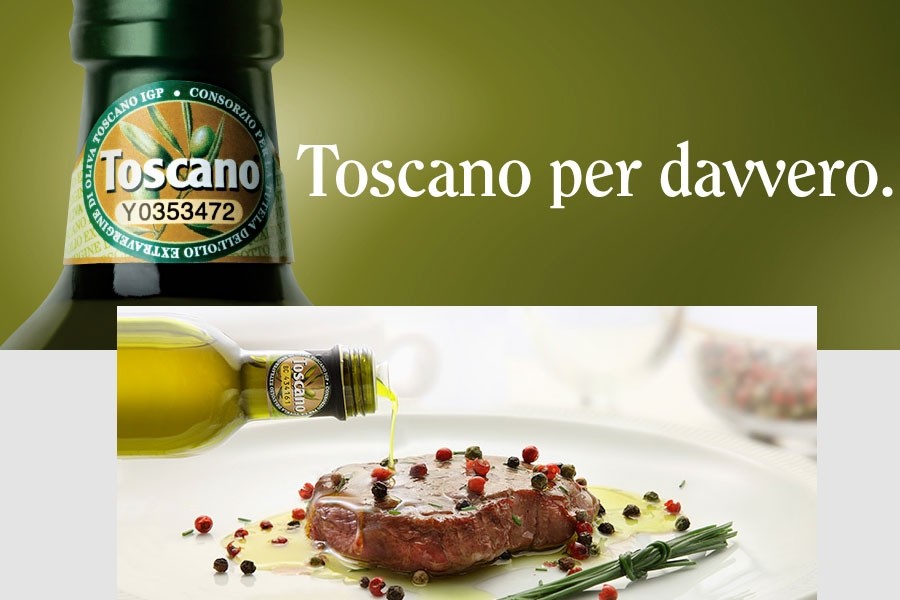Toscano Olive Oil P.G.I.
Molise Oil DOP extra virgin olive oil is obtained from the Aurina, Gentile di Larino, Oliva Nera di Colletorto, and Leccino olive varieties, and it is required that at least 80% of the olive groves consist of these, mixed or individually. Local varieties such as Paesana Bianca may also be present, and Sperone di Gallo, Olivastro, and Rosciola, which cannot exceed 20%.
Production Method
The olives must be harvested directly from the tree, either by hand or mechanically, starting from the first ripening of the fruit. Olives that have fallen to the ground before harvesting cannot be used. The olives must be transported to the mill in a way that preserves the quality of the fruit. They should be stored in a cool and dry place, in rigid, ventilated, and stackable containers, until the milling process, which must take place within two days of harvesting. The grinding process should last a maximum of 50 minutes and must be performed using water at a controlled temperature, not exceeding 25°C.
Appearance and Flavor
Molise Olive Oil DOP extra virgin olive oil has a yellow-green color; it has a fruity aroma ranging from light to mild and a fruity flavor, with delicate sensations of bitterness or spiciness.
Production Area
The production area of Molise Olive Oil DOP extra virgin olive oil includes nearly the entire territory of the Molise region.
History
The production of olive oil in this area has ancient origins. The high quality of olive oil is mentioned in many texts dating back to the Roman period. In Pro Cluentio, Cicero praises the industriousness of the inhabitants of Larino and the fertility of their land; in his collection of satirical poems, Satires, Horace suggests its use in preparing two quality sauces of that time; Pliny the Elder described the introduction of olive trees in the Licinian area and the quality of the oil produced from them. And there aren't just written testimonies of the extensive oil production in Molise during that period: nearly all the Roman villas discovered over the centuries have cellars containing large oil jars. Alongside the Aurina variety, the Gentile di Larino, Rosciola, and Oliva Nera di Colletorto varieties have been added over the centuries.
Gastronomy
Extra virgin olive oil is highly perishable and must be stored properly to maintain its organoleptic characteristics. Therefore, it should be stored in a cool, dark place at a temperature between 14 and 18°C, away from sources of heat and other foods that release odors. It should be consumed within four to six months from pressing to fully appreciate its qualities. Molise Olive Oil DOP extra virgin olive oil is suitable for first courses and as a seasoning for legume-based soups.
Marketing
The product is introduced into the market as Molise DOP Extra Virgin Olive Oil. It is sold in glass containers of no more than 5 liters. The label must indicate the year of production.
Distinctive Features
Molise Olive Oil DOP extra virgin olive oil is characterized by a maximum acidity of 0.5 g per 100 g of oil, a panel test result greater than or equal to 6.5, and a level of polyphenols of at least 100 ppm.

 IT
IT 